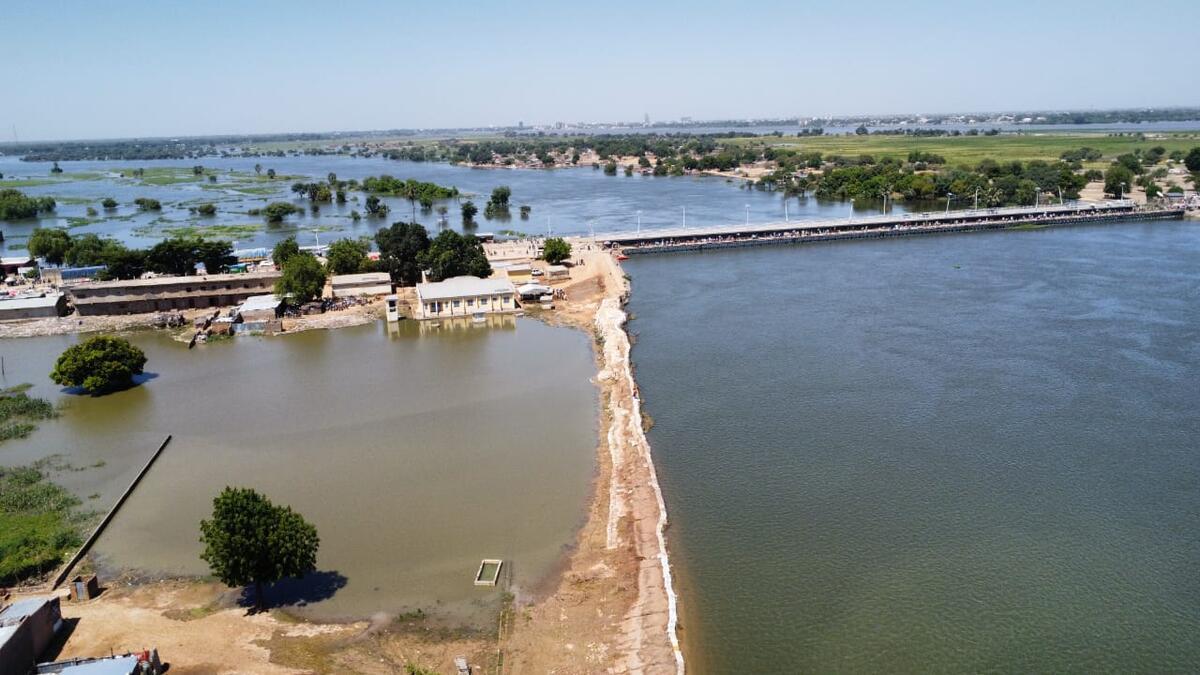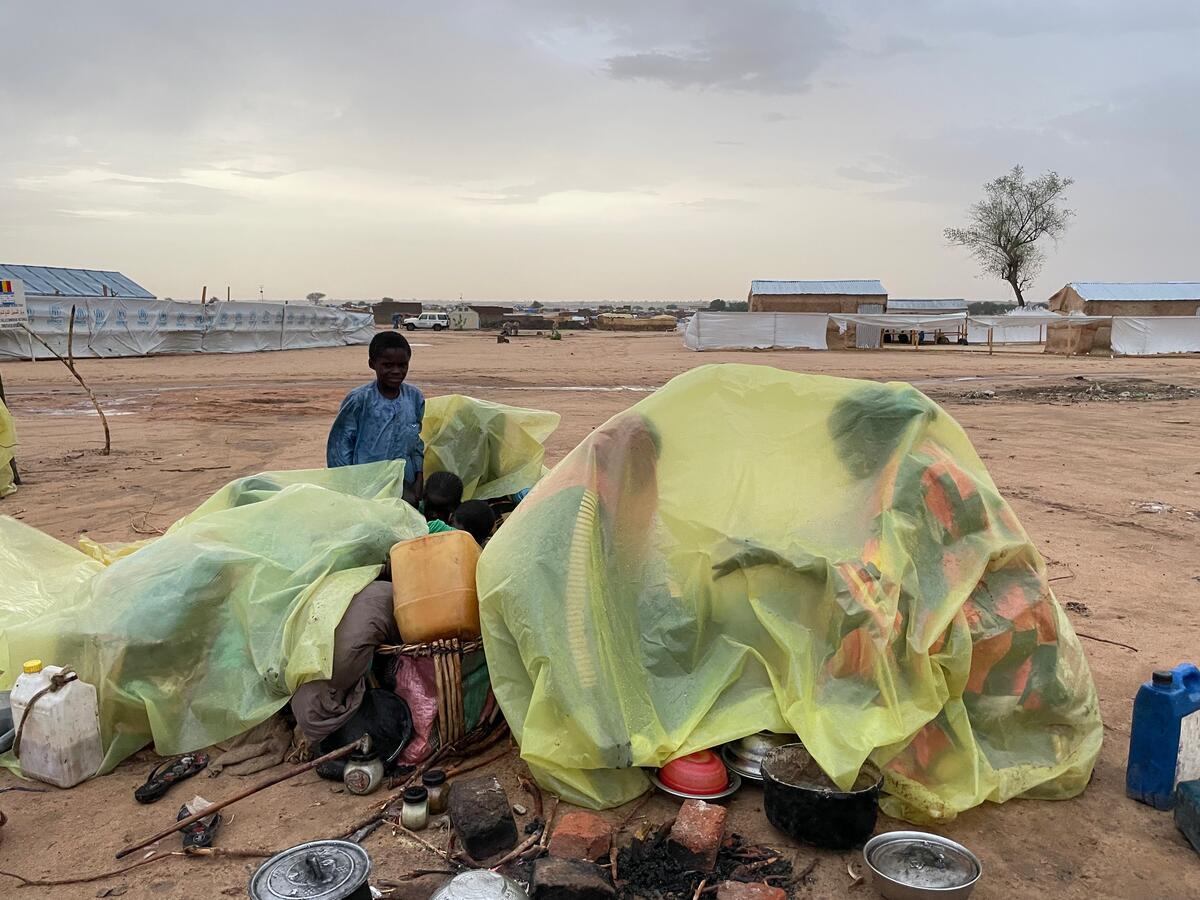Chad: UNHCR moved 10,000 Sudanese refugees
Chad: UNHCR moved 10,000 Sudanese refugees
UNHCR has now moved more than 10,000 Sudanese refugees from the volatile Chad-Sudan border to camps in the interior of Chad as we continue a massive operation to relocate tens of thousands of refugees before the start of the rainy season in late May. Increasing incursions by militia crossing the border from Sudan into Chad are making the transfer all the more urgent.
Raids by militia who cross into Chad to steal the refugees' livestock have occurred almost daily for the past month and a half. The latest major incident took place on Sunday at two sites on the border - Absogo and Ouendalou - where refugees have been living in makeshift shelters. According to the refugees, 35 armed men came to the sites and stole 100 cattle. One refugee was killed near his hut in Ouenadlou in the attack, and another was wounded in Absogo. We are also getting reports of increased incursions further to the south, in the region of Ade.
To speed up the relocation, we are increasing convoys to Farchana camp, and are planning to start moving refugees to three new sites within the next 10 days. We are also exploring potential new sites in both the northern and southern regions of the affected border zone. Starting Monday, convoys to Farchana camp will resume on a daily basis, following considerable improvements in water supply at the site. We now have four boreholes and two new wells which can provide enough water for 6,000 refugees. So far, 2,199 refugees have been moved to Farchana.
We are meeting tomorrow with local authorities in Guéréda to finalize the opening of a new camp at Mille. We should start moving refugees to Mille next week, while further to the south, we plan to start relocation convoys in the next 10 days to two new sites in Goz Amer. Goz Amer 1 could host up to 8,000 refugees, while Goz Amer 2 could receive up to 4,000 people.
At the same time, we are exploring two more new sites - Abdi Hadjelidje in the southern part of the region and Iridiba to the north. Abdi Hadjelidje, 60 km north-west of Goz-Beida, could receive up to 8,000 refugees from around Ade. A transit centre on the site should be ready by the end of the month. Iridiba could start receiving refugees from Bahai, Kariari Kazane, and Bamina within the next two weeks. The refugees around Bamina at first did not want to move to a camp, preferring to stay close to Sudan so they can check on their property and remaining cattle. However, following information campaigns by our staff and weeks of living in the harsh environment with sandstorms and freezing cold at night, 4,900 have decided to move from the border.
Convoys also continue to Kounoungo camp, which now hosts 2,580 refugees, while the Touloum site shelters 5,712 people. In all, 10,491 refugees have been moved to the three camps set up so far.
Meanwhile, UNHCR has registered 53 unaccompanied children in Bahai between the ages of two and eighteen. Most of the children fled in late January / early February, when they saw the aerial bombing of their villages while taking care of their family's cattle in the bush. In the confusion of the attack, they lost track of their parents. The children first arrived in Chad on February 23 after walking for more than two weeks. They have been surviving on the generosity of the local Chadian population who fed them and also by performing small jobs such as cutting wood and selling it to the local population. UNHCR is working with the local authorities to trace their parents in refugee sites at the border. UNHCR has also contacts with ICRC for family reunifications between Chad and Sudan. Five of the children have already managed on their own to find their parents along the border between Bahai and Tine.









